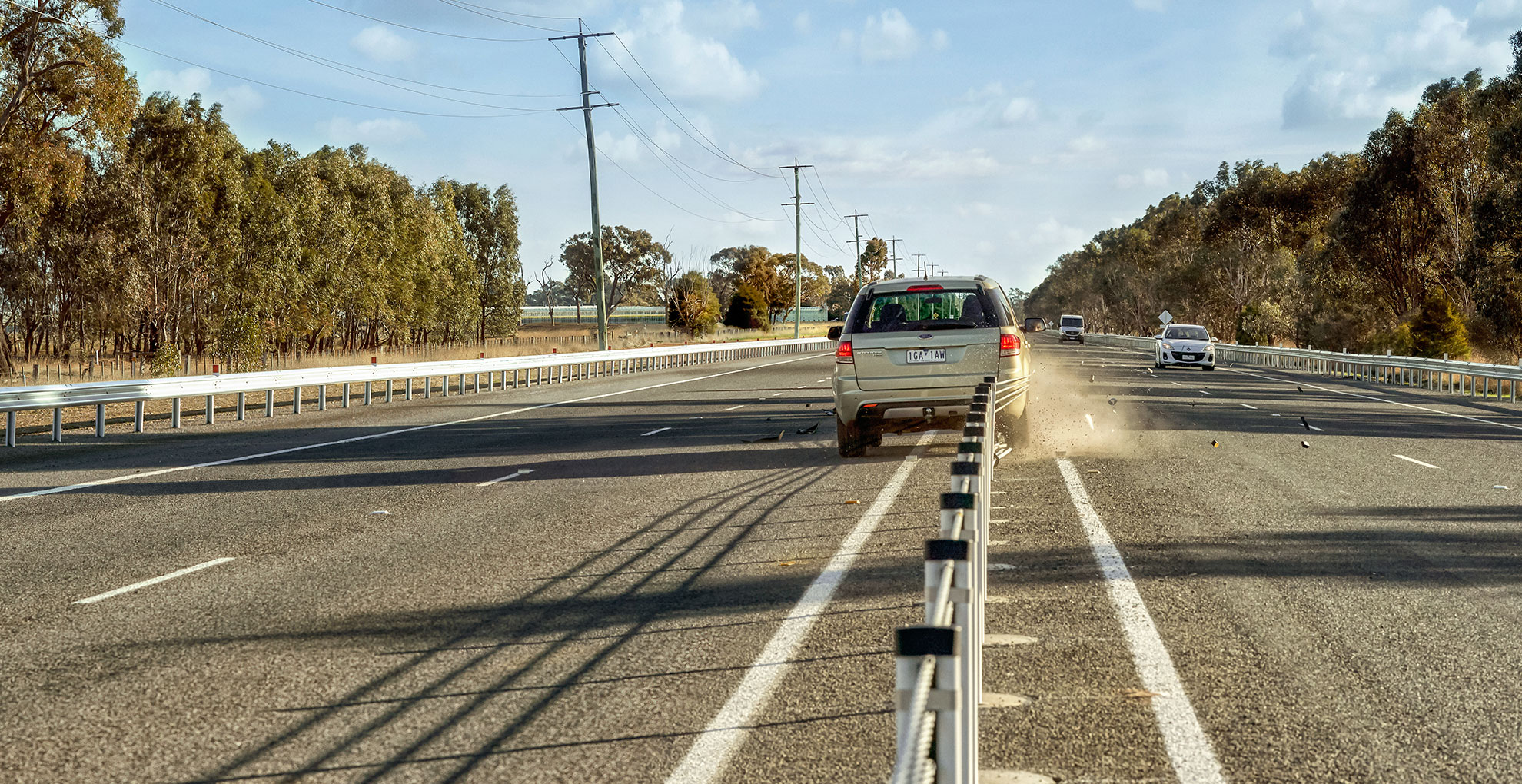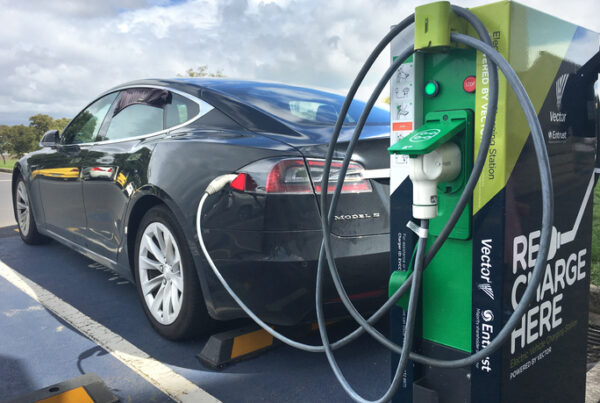The chief executive of the Transport Accident Commission (TAC) has accepted the findings of a Victorian Auditor-General report which found VicRoads didn’t adequately plan its flexible barrier program and is facing a cost blowout of over 20 per cent.
“We need to do a better job of planning and delivering these barrier treatments, there is no doubt about that,” Joe Calafiore told Virginia Trioli on her ABC Mornings radio program.
However he did defend the safety benefits of the program, saying that catastrophic injuries had been significantly reduced on some roads studied by the TAC.
The Safe System Road Infrastructure Program, which aims to install wire barriers on 20 of the most dangerous highways, now faces delays and cost blowouts as a result of “poor planning and maintenance”, Victoria’s Auditor-General found in findings released yesterday.
“While flexible safety barriers save lives and reduce serious injuries on Victoria’s roads, they are not as cost‐effective as VicRoads and TAC intended,” the report said.
The study assessed the effectiveness of the road safety treatments that VicRoads installed through 18 of the 21 completed projects under the Top 20 Program.
It was determined that while the flexible barriers had most likely reduced fatalities and serious injuries by 46.5 per cent, the result is below the targets VicRoads set for 17 of the 18 completed projects.
“VicRoads did not sufficiently plan its flexible barrier installation projects under the Top 20 program,” the report said. “As a result, it is likely to spend at least 22 per cent more installing the barriers than it originally budgeted for.”
“Additionally, it has failed to properly maintain and monitor the barriers it installed, which increases the risk that they will not perform as intended.”
The full 82-page report is available to read, by clicking here.




















